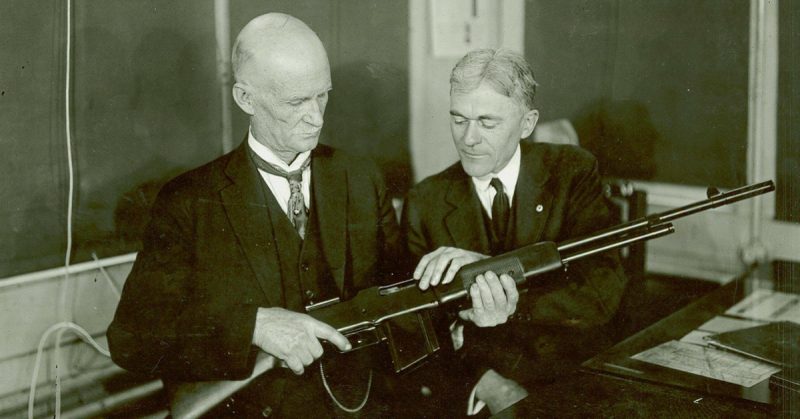As handheld guns developed, many people contributed to creating the technology used in the ones we have today. Here are some of the innovators who transformed guns.
Alexander Forsyth
A Scottish minister, Forsyth was the leading figure in the creation of percussion detonators to fire weapons. In 1805, he developed a working percussion pistol, which he followed up with percussion caps as an alternative to loose gunpowder. It meant mechanical force was used to trigger the firing of a bullet, instead of relying on a spark to fire the charge.
Charles Minié
In the first half of the 19th century, soldiers found that cone-nosed bullets, while ballistically better than round ones, led to fouling of the grooves in rifle barrels. The French Captain Minié developed the first practical solution. It was a conical bullet with a small iron cup in its base. The firing of the gun drove the cup up into the base of the bullet, making it expand across the bore of the rifle. The escape of propellant gas was minimized, increasing velocity while avoiding barrel fouling.
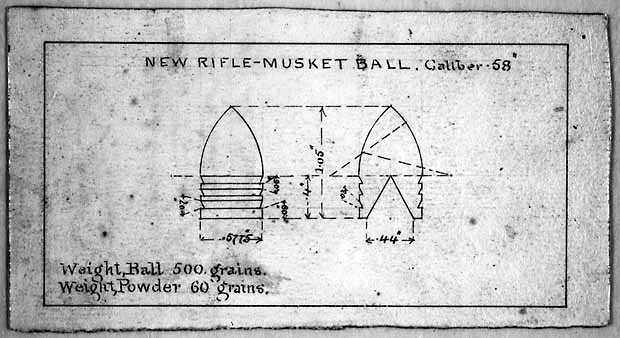
Nicholas Dreyse
Dreyse, a German, invented the most famous of the early breech-loading rifles. His needle gun used a bolt action system with a long needle that was propelled through the paper cartridge to strike the percussion cap. It played a prominent part in the wars that united Germany.
Samuel Colt
The creator of the original revolver, Colt did not claim to have invented the revolving barrel system. What he did do was combine it with other technologies of the time, including breech-loading and a chamber rotated by mechanical action. He created the design on which all future revolvers were modeled.
Lewis Jennings
Building on the Hunt Volitional Repeater of 1849, Jennings created a repeating rifle. It featured a toggle-lock action and a tubular magazine under the barrel, both of which became standard on later weapons.
Benjamin Houllier
The French Houllier created the first reliable metal cartridge for bullets. Such cartridges allowed easier loading and the creation of smaller rounds.
F. Schneider
Building on a card cased cartridge created by Pottet, Schneider created the first center-firing round that could be reliably used for high-velocity weapons.
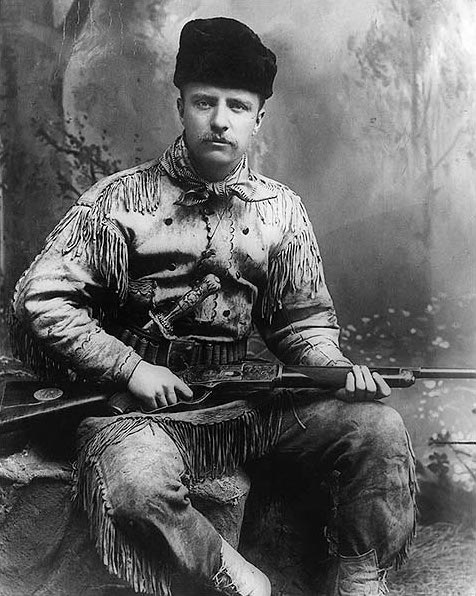
Christian Sharps
Sharps created the earliest and strongest breech locking mechanism. Its strength increased the safety and reliability of breech-loading weapons and became even more important as the use of metal cased bullets spread. Sharps weapons were adapted to operate with the new ammunition and other changes in gun design.
With their excellent accuracy over distance, various calibers of Sharps rifles were very popular with buffalo hunters.
Frederick von Martini
Martini revised the Peabody breech action, which had an external and separate hammer, to create a loading effect in which a single lever operated various moving parts of a breech-loading mechanism. His design was adopted by the British Army in 1871 and was the foundation for their widely-used Martini-Henry rifle.
Leonard Geiger
Geiger invented the rolling-block breech system. It allowed the block to be pulled back with the thumb and prevented the gun from firing while the block was open. Joseph Ryder used a similar design, which was bought by the Remington company and became part of their weapons from 1866.
William Ellis Metford
A British engineer, Metford developed a new type of rifling. Using curved grooves instead of angular ones and a shallower rifling, it was more accurate, less prone to fouling, and less damaging to bullets and barrels than former rifling. It quickly became the standard for rifling around the world.
Metford’s system was supplanted by the Enfield rifling style of the 1880s. Due to the use of new propellants, Metford’s boring had quickly eroded.
Peter Paul Mauser
A German gun designer, Mauser was trained at a government gun factory. In his quest to create a better bolt action rifle, he overcame all sorts of technical challenges. He created a cam-cock system to prevent an accidental discharge as the bolt was closed. He created a gasproof bolt-head face. He invented a bolt-locking stem of unmatched strength and safety.
Mauser at first struggled to interest the German government in his inventions. It was only after attempts to sell them abroad that they took him seriously. He became Germany’s leading gun designer.
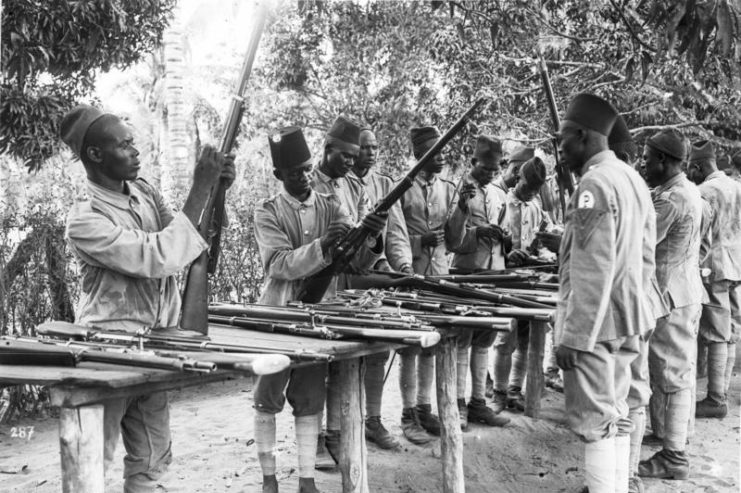
Paul Vieille
A French chemist, Vieille invented the first widely used smokeless propellant in 1884. Initially made by mixing nitrocellulose and picric acid, it was altered to replace the acid with ether and alcohol.
Vieille’s propellant improved the efficiency of the force propelling the bullet. It reduced the fouling of barrels. Most importantly, it rid French armies of the clouds of smoke hovering around their firing lines. It gave them a better view of the battlefield and made it easier for snipers to remain concealed while firing.
Hiram Maxim
The American Maxim was one of the great inventors of automatic weapons. In 1884, he created a recoil-driven semi-automatic rifle but found it too bulky for real use. In 1891, he developed a gas-operated self-loading rifle, a far more practical development toward automation. He then went on to focus on machine-guns, creating the famous and feared Maxim gun.
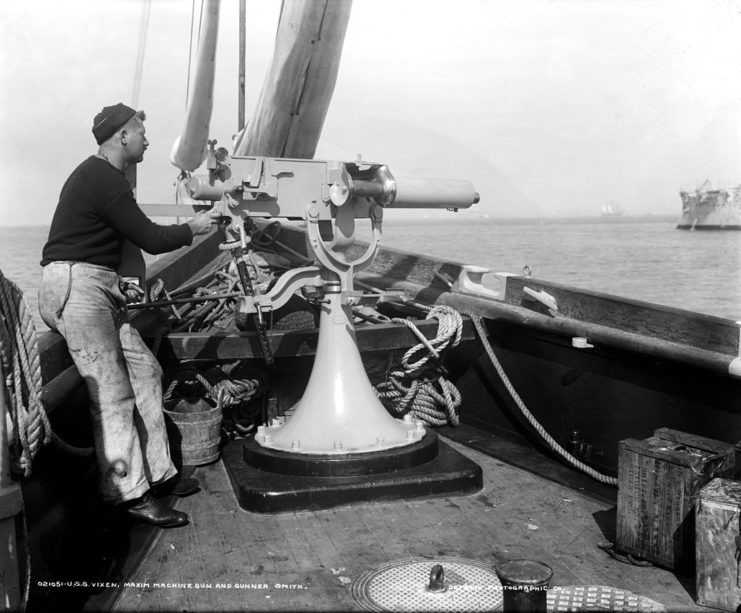
John M. Browning
One of the most successful gun designers of the 20th century, Browning is a legend in gun design. His blueprints for cartridges, guns, and firing mechanisms are still in use around the world. The inventor of 128 different patents, he affected almost every area of firearms technology. Working at the forefront of automatic weapon design, he shaped the weapons carried by armed forces throughout the 20th century. His Colt M1911 was the standard US service pistol for over 70 years.
Baron Adolf von Odkolek
The Austrian inventor of a gas-operated machine gun, Odkolek sold his idea to the Hotchkiss company. Although it was a rudimentary design, its innovations in cooling and automation enabled Hotchkiss to develop France’s standard machine guns.
Source:
Christopher Chant (1986), The New Encyclopedia of Handguns
